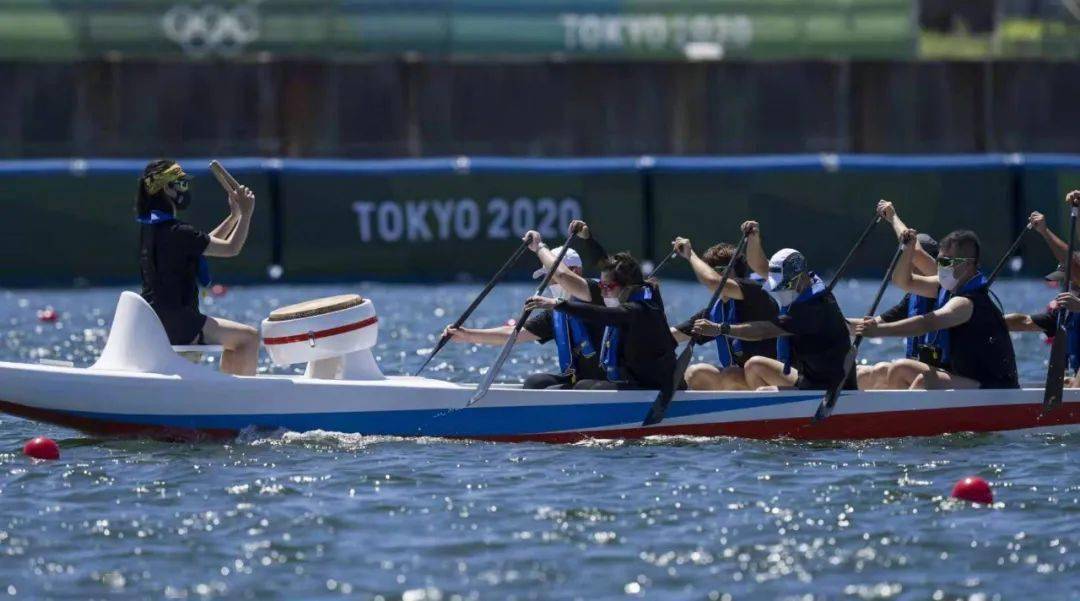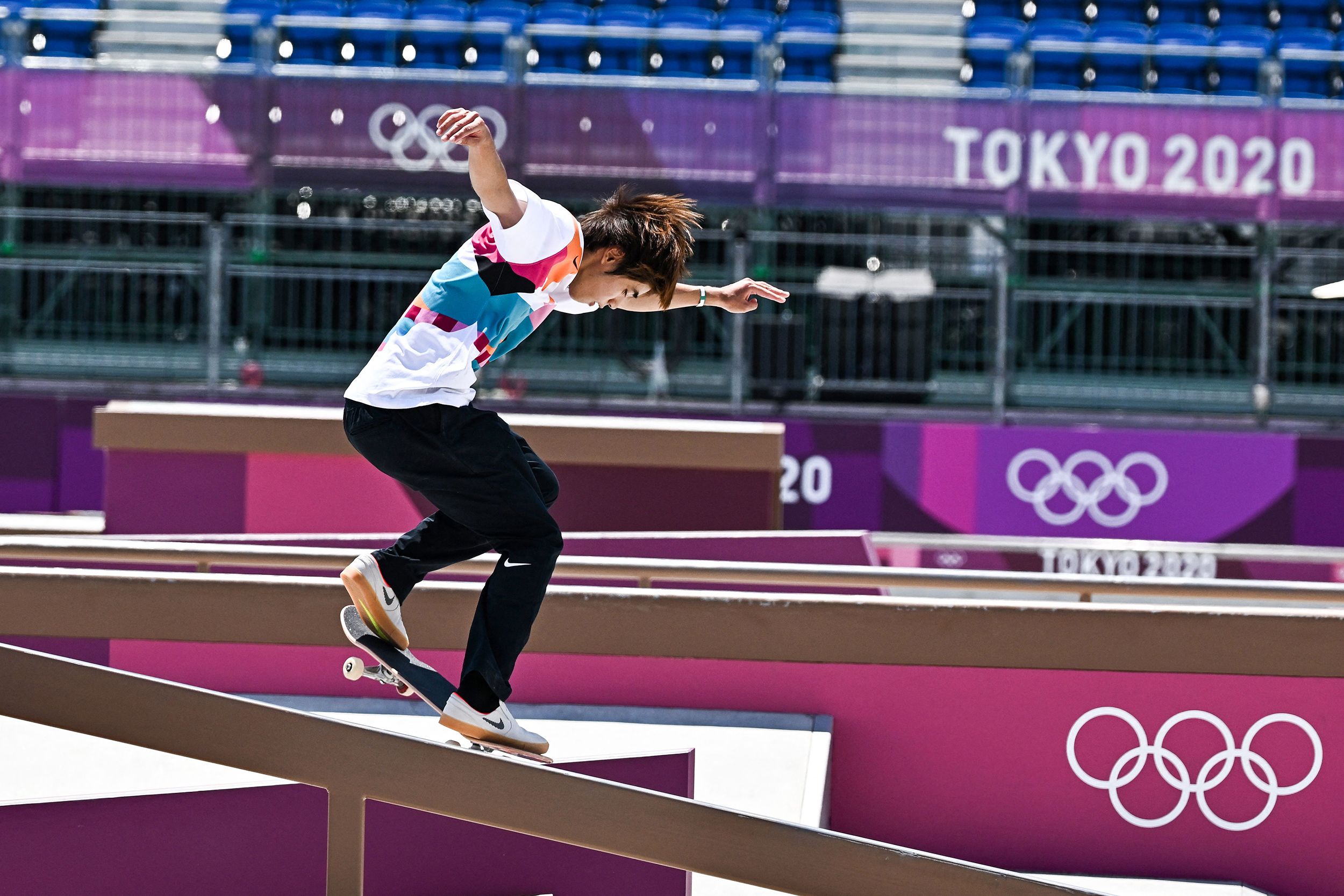
Dragon boating has exploded from an ancient Chinese tradition into a full-blown global sport. But there’s one big question that keeps coming up:
Will dragon boating ever make it to the Olympics?
The conversation has picked up steam since the sport was featured as a demonstration event at the Tokyo 2020 Games. But getting Olympic recognition isn’t as simple as drawing a crowd or having passionate athletes. The process is wrapped up in strict criteria, international politics, and years of lobbying.
So what does it take for a sport to get Olympic status? What obstacles stand in dragon boating’s way? And will we ever see it racing for gold on the world’s biggest stage?
Table of Contents
- 1. Steady Steps Towards Potential Olympic Inclusion
- 2: The Olympics' Criteria for New Sports
- 3: What Dragon Boat Has Going for It
- 4: The Unique Challenges Dragon Boating Faces
- 5: Lessons from Other Sports Trying to Get into the Games
- 6: So What If Dragon Boating Makes It?
- Boost in Visibility and Cultural Recognition
- Investment and Technological Advances in Equipment
- Economic Opportunities
- Implications for the Olympics
- A New Olympic Legacy
- 7: Concluding Thoughts
1. Steady Steps Towards Potential Olympic Inclusion
Dragon boat racing has been methodically carving its path to the Olympics for decades:
- 1976 - The first Hong Kong International Races took place in this year, which is recognized today as the start of the 'modern era' of dragon boat as a sport.
- 1991 - The IDBF is founded to govern and promote dragon boat racing globally.
- 2005 - Dragon boat racing debuts as an official sport at the East Asian Games in Macau.
- 2010 - After intense lobbying by the IDBF, dragon boat racing is included as an official sport in the Guangzhou Asian Games.
- 2018 - Dragon boat is included for the second time at the Jakarta Asian Games.
- 2020 - In a major milestone, dragon boat racing is showcased as a demonstration event at the Tokyo Olympics.
This high-profile Tokyo showcase gave dragon boat racing valuable exposure, as exhibition sports provide a trial run and can build support for potential future Olympic inclusion.
For example, sports like baseball, karate, and surfing first appeared as demonstrations before eventually joining official Olympic programs.
Here is a clip of the new Olympic-class boats in action!
2: The Olympics' Criteria for New Sports

Before diving into the prospects of dragon boating in the Olympics, it's crucial to understand the rigorous procedure that any sport must undergo to become a part of this elite event. Below is a summary of this multi-step process:
Steps for Inclusion in the Olympic Games
- Recognition by the IOC - The first hurdle is gaining recognition from the International Olympic Committee (IOC). To do so, the sport must be managed by an international non-governmental organization that focuses on its governance and growth.
- International Sports Federation (IF) Status - Once recognized, the sport's governing body—now an International Federation (IF)—must apply for Olympic inclusion. A petition, detailing the sport's eligibility criteria, is submitted to the IOC for review.
- Evaluation by the IOC - The IOC meticulously evaluates the sport, considering several key factors, which we'll elaborate on shortly.
- Approval by the IOC - Based on the evaluation, the IOC can admit the sport in one of three categories: as a distinct sport, a discipline within an existing sport, or an event within a discipline.
- Executive Board Proposal and IOC Vote - The final decision rests on a proposal by the IOC's Executive Board. The full IOC then votes on the proposal, and if approved, the sport is added to the Olympic program.
- Compliance with Olympic Charter and World Anti-Doping Code - Sports included in the Games must comply with both the Olympic Charter and the World Anti-Doping Code.

Criteria for Evaluation
| Criterion | Description |
|---|---|
| Good Governance | The sport must have an international federation recognized by the IOC to administer rules, promote development, and coordinate Olympic qualifications and entries. |
| Value | This refers to both tangible and intangible aspects, such as the sport's ability to promote cultural diversity, youth appeal, uniqueness, gender equality, or environmental sustainability. |
| Attractiveness | A somewhat subjective criterion, this takes into account the sport's entertainment value, potential for suspenseful competition, and its overall visual appeal. |
| Logistical Challenges | Practicality is a key factor. The IOC considers the resources required, from the scale of the athletes' entourage to the special equipment required for the sport. |
| Global Participation | To demonstrate universality, a sport must have regular international competitions across multiple regions and global popularity. |
3: What Dragon Boat Has Going for It
Now that we've laid out the Olympic criteria for sport inclusion, let's scrutinize where dragon boat racing stands in relation to these benchmarks. Could this ancient sport, steeped in cultural heritage, find a modern home in the Olympics? Let's evaluate.
| Criterion | Description |
|---|---|
| Popularity | Dragon boat racing has a global appeal, practiced in over 60 countries from the United States and Canada to Germany and Singapore. It was showcased as a demonstration sport at the Tokyo 2020 Olympics, introducing ancient Chinese culture to a broad international audience and receiving global media coverage. |
| Value | Dragon boating transcends physical prowess, promoting teamwork, inclusivity, and a deep connection to tradition, aligning well with the Olympics' emphasis on cultural diversity and global unity. It is nondiscriminatory by age or gender and supports a thriving mixed gender division, aligning with the Olympics' focus on gender equality. |
| Attractiveness | The sport offers visual and emotional appeal with vibrant colors of the boats, rhythmic drumming, and the harmony of paddlers working in unison, making it a feast for the senses. The suspense of neck-and-neck races adds another layer of excitement, comparable to other high-stakes Olympic racing events. |
| Petition for Inclusion | A growing movement, backed by a petition, argues for the inclusion of dragon boat racing as an Olympic sport, highlighting the sport's global popularity and its alignment with Olympic values. |
4: The Unique Challenges Dragon Boating Faces
On the other hand, dragon boat racing faces enormous hurdles on its quest for Olympic status. Here are some of the biggest:
| Challenge | Description |
|---|---|
| Scheduling | The Olympic Games, being a compact and well-orchestrated event, struggle to accommodate additional sports, particularly those as logistically complex as dragon boat racing. The sport requires dedicated time slots, which is a challenge given the already jam-packed schedules of rowing and sprint canoe/kayak. |
| Team Size | Dragon boat racing involves large teams, often consisting of over 20 paddlers, a drummer, and a steersperson. This brings complexities in accommodation, transportation, and participation in opening ceremonies. |
| Geographic Imbalance | The sport’s popularity is mainly centered in Asian countries, with slower growth in Europe, the Americas, and Africa. Worldwide participation is essential for Olympic inclusion. |
| Costs | The requirement for specialized equipment like drums, oars, and boats can be a significant burden on host city budgets and resources, posing additional challenges for the sport’s inclusion in the Olympic Games. |
5: Lessons from Other Sports Trying to Get into the Games
While the path to Olympic inclusion for dragon boat racing may seem fraught with challenges, it's important to consider the experiences of other sports that have successfully navigated this journey. Sports like skateboarding and synchronized swimming, which faced their own sets of unique hurdles, provide valuable insights into how dragon boat racing might overcome its challenges.
Skateboarding

Skateboarding's Olympic journey is a study in adapting a sport to fit the IOC's criteria for Olympic competition. Originally rooted in youth culture and largely considered a "rebel" sport, skateboarding had to formalize its competition rules and scoring to gain Olympic inclusion. Additionally, its Olympics' debut capitalized on its youth appeal, adding a fresh, younger audience to the games.
Lesson for Dragon Boating: Skateboarding teaches us the importance of adaptability. While the sport has deeply ingrained traditions and formats, some adjustments may be necessary for greater acceptance. Given that dragon boating already has an established governing body and structured competitions, refining these to meet Olympic standards may not be a far stretch.
Synchronized Swimming
Synchronized swimming was once dismissed as more of a performance than a sport. It faced skepticism due to its focus on aesthetics alongside athletic prowess. However, this unique blend ultimately became its strongest selling point, offering something new and different to the Olympic audience. Moreover, a concerted effort to demonstrate the sport's athletic demands and logistical viability helped gain IOC approval.
Lesson for Dragon Boating: The sport’s blend of teamwork, rhythm, and athletic skill could become its unique selling point, much like synchronized swimming. Showcasing its cultural and athletic facets might be the key to gaining broader acceptance. Moreover, synchronized swimming teaches us the importance of presenting the sport as logistically feasible; dragon boat racing might look at streamlining its needs to become more "Olympic-friendly."

6: So What If Dragon Boating Makes It?
In a world where dragon boat racing secures its spot in the Olympic Games, the ripple effects would reverberate far beyond the confines of the sport itself. The implications would touch on cultural recognition, athlete development, and even the business of sports equipment. Here's a speculative look at what could unfold.
Boost in Visibility and Cultural Recognition
The biggest immediate impact would undoubtedly be on the sport's visibility. Suddenly, dragon boat racing wouldn't just be a niche sport in specific regions or communities—it would be a global spectacle. This could lead to increased grassroots participation and more organized leagues.
Investment and Technological Advances in Equipment
With increased visibility comes increased investment. Dragon boat racing could experience a surge in technological advancements as sports equipment companies scramble to produce the best gear, such as paddles and seat pads.

Economic Opportunities
Dragon boating could also create economic opportunities for equipment vendors, especially those specialized in boating gear.
Implications for the Olympics
For the Olympic Games as an institution, including dragon boat racing could enhance its commitment to inclusivity and global representation. The sport's rich cultural background offers a compelling narrative that can attract a diverse audience. The Olympics could also benefit from a new team sport that requires such a unique blend of athletic skills, teamwork, and rhythm, adding a fresh dynamic to the games.
A New Olympic Legacy
The ultimate benefit, however, could be the sport's legacy. Just as basketball, which debuted at the Olympics in 1936, went on to become a global phenomenon, dragon boat racing could also see its fortunes dramatically lifted. Years from now, we might see children aspiring to be dragon boat racers with the same fervor as those aiming for football, gymnastics, or swimming today.
7: Concluding Thoughts
The future appears bright for dragon boating, with the sport exhibiting considerable potential for inclusion in the Olympic Games. Seeing as the sport was just featured at the 2023 Hangzhou Asian Games, we might not have to wait much longer until it gains full membership into the hallowed Olympic halls.
As discussions continue and the sport garners increasing recognition, enthusiasts and athletes alike remain hopeful and eagerly anticipate the day when dragon boat racing graces the prestigious Olympic stage, showcasing its vibrancy and unique charm to a worldwide audience.

1 comment
I have padded Dragon Boats in Perth Western Australia for 15 years now and started at age 57. I have watched our juniors paddlers advance to competing in National Championship then advanced to compete for Australia.It would be fantastic for them to have a goal of being able to compete in the Olympics. I have paddled at nationals and international levels.